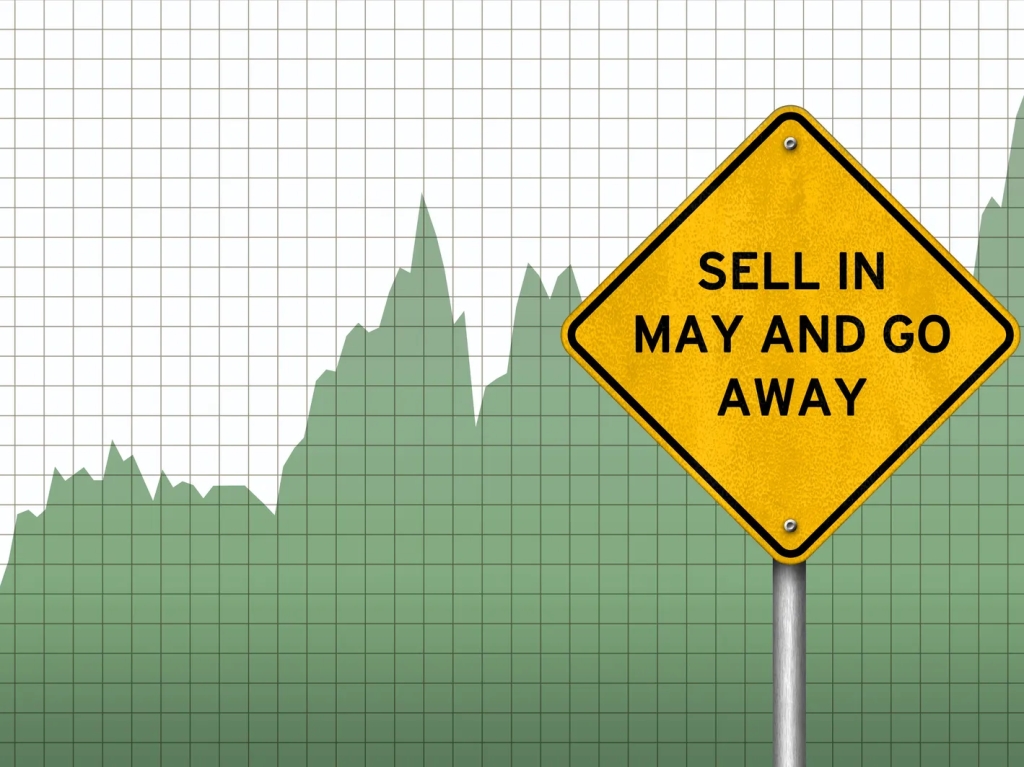Dear Mr. Market:
What do you think about the “largest point decline in history” ?!?
Last Monday certainly wasn’t fun for anyone watching their portfolio but if you put things into perspective what you end up with was the 138th largest percentage drop for the S&P 500. The financial media predictably goes bonkers when reporting numbers and this fuels the fire for the average investor. Our beef with them isn’t even the “sky is falling” antics which happen on any big volume or down day but the fact that they skew reality.
We’re not trying to minimize the strong move or the fact that we’re finally seeing volatility back in the markets but keep your common sense hat on when digesting the results. First and foremost, when an index like the Dow Jones is almost at 27,000 points, simple math shows that a -5% drop will equate to about -1,350 points. A five percent pullback is not only par for the course but as we mentioned in our most recent article…very much needed and of course long overdue. With a total of just over -10% we finally have (by definition) reached a correction.
Who knows what Mr. Market has in store for us tomorrow but one thing we can almost guarantee you is that the financial media will be far more excited about it than anyone needs to be. Hysterics and click bait sells more than a rational report explaining stock market action that is actually not unusual nor completely out of historic proportion. Speaking of reports…we invite you to read this special update on our Columbus Strategy.
Click here to read the Columbus Strategy -2018 Stock Market Volatility Report.
 What matters most in times like this is to level set things and to have a disciplined strategy firmly in place. Our signature approach for accounts over $100k is the Columbus Strategy and aside from its long-term track record what gives many clients some peace of mind is knowing that it ultimately looks to mitigate large and extended stock market drawdowns. We’re not so much focused on one month but over the course of a full market cycle you will be hard pressed to find a strategy that does better.
What matters most in times like this is to level set things and to have a disciplined strategy firmly in place. Our signature approach for accounts over $100k is the Columbus Strategy and aside from its long-term track record what gives many clients some peace of mind is knowing that it ultimately looks to mitigate large and extended stock market drawdowns. We’re not so much focused on one month but over the course of a full market cycle you will be hard pressed to find a strategy that does better.
Nobody can consistently time the market but there are certain tactical adjustments that can be made to at least avoid longer stretches of market chaos. If we were to be visibly headed for a recession our stance on this recent correction would be much different than it is now. For the time being we’re approaching this correction exactly like we should be since it’s not our first rodeo; we’re nibbling at positions that we’ve wanted to add to and rebalancing any allocations that are not in line with a portfolio’s respective strategy.
Other than that the absolute worst thing you can do right now is act human! While that sounds crass we’re simply reminding you that people tend to have short memories and get way too emotional. If you want more information on our Columbus Strategy please contact us. Beyond that we will leave you with a quote and saying that we came up with many stock market corrections ago….
“Stay disciplined to stay positive”.
-My Portfolio Guide






 That brings us to today. The market has been up and worries seem low. Likely your stock allocation has gotten out of whack again, but this time to the upside. What is the prudent investor to do? Again, ignore emotion and follow your plan. If this means selling stocks to rebalance, so be it. Maybe your gut says, “let the winners keep running.” You could do that, but ask yourself how good your gut has been at timing the market in the past.
That brings us to today. The market has been up and worries seem low. Likely your stock allocation has gotten out of whack again, but this time to the upside. What is the prudent investor to do? Again, ignore emotion and follow your plan. If this means selling stocks to rebalance, so be it. Maybe your gut says, “let the winners keep running.” You could do that, but ask yourself how good your gut has been at timing the market in the past.



 What matters most in times like this is to level set things and to have a disciplined strategy firmly in place. Our signature approach for accounts over $100k is the Columbus Strategy and aside from its long-term track record what gives many clients some peace of mind is knowing that it ultimately looks to mitigate large and extended stock market drawdowns. We’re not so much focused on one month but over the course of a full market cycle you will be hard pressed to find a strategy that does better.
What matters most in times like this is to level set things and to have a disciplined strategy firmly in place. Our signature approach for accounts over $100k is the Columbus Strategy and aside from its long-term track record what gives many clients some peace of mind is knowing that it ultimately looks to mitigate large and extended stock market drawdowns. We’re not so much focused on one month but over the course of a full market cycle you will be hard pressed to find a strategy that does better.

